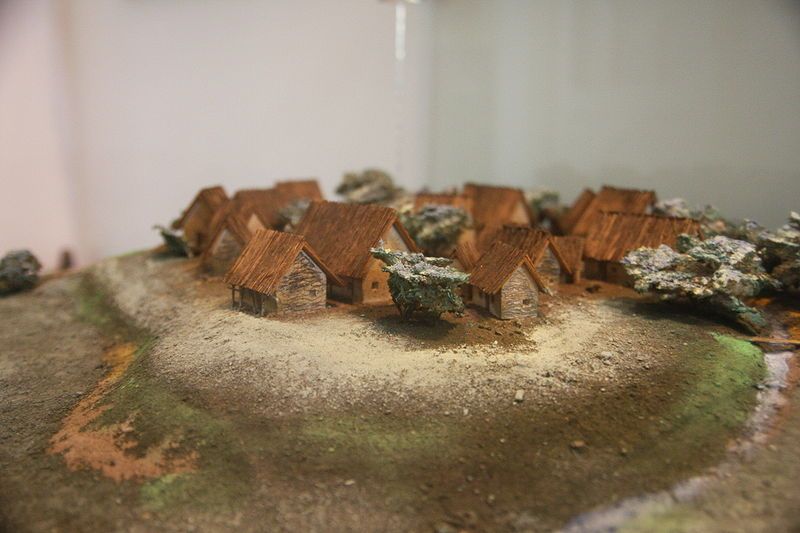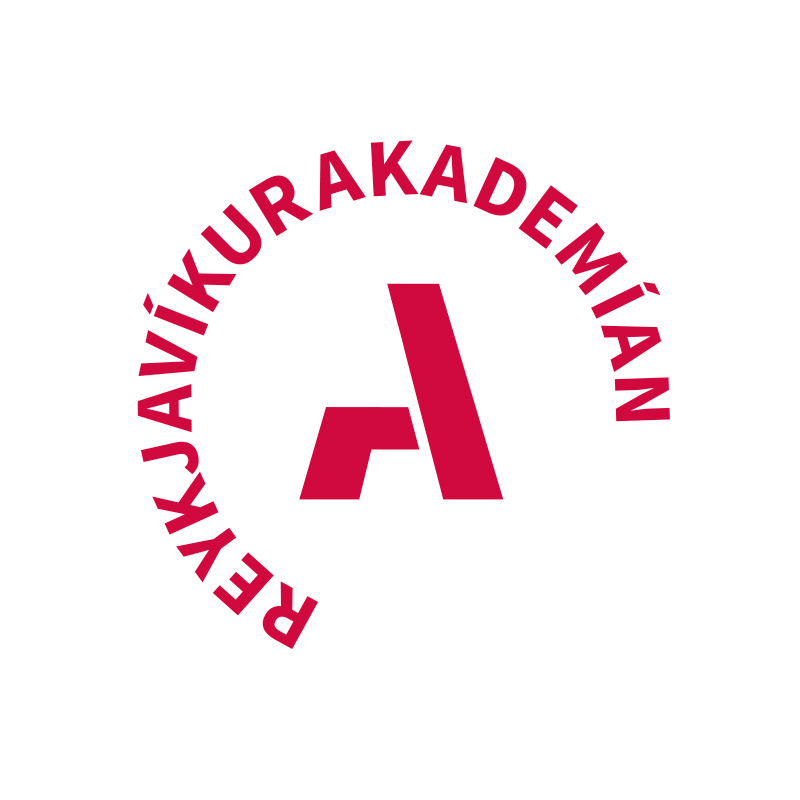Kristinsson, Axel, “Indo-European expansion cycles.” The Journal of Indo-European Studies 40:3-4 (2012), pp. 365-433.
The Indo-Europeans may have come from the forest-steppe rather than the steppe.

The Indo-European languages, currently spoken by almost half of the human
race, may have originated in the Cucuteni-Tripolye culture that 6,000 years ago inhabited the forest-steppe of parts of present day Romania, Moldova and Ukraine. This new hypothesis contradicts earlier hypotheses, the most favoured of which locates the Indo-European homeland further east on the steppes north of the Black and Caspian Seas. Other hypotheses indicate Anatolia, Armenia or various places in the Balkans and central or eastern Europe.
Unlike previous hypotheses this one draws on comparisons to later barbarian migrations like those of the Gauls, Germanic peoples and the Slavs of the 1st millennia BCE and CE. Such migrations had a profound effect on the linguistic map of Europe as indicated by the fact that about two out of every three present-day Europeans natively speak a language that can be traced back to the Germanic or Slavic expansions.
The new hypothesis is presented in an article in the most recent issue of The Journal of Indo-European Studies (vol. 40:3-4). The author, Axel Kristinsson, is an independent scholar and a member of the Reykjavik Academy (www.akademia.is) and he bases his ideas on a model of expansion cycles developed in his book, Expansions: Competition and Conquest in Europe since the Bronze Age (Reykjavik 2010).
According to this model, societies tend to expand under certain circumstances and even though expansion cycles can begin in somewhat different ways the basic mechanism that propels them is the same. Kristinsson says that two variations of expansion cycles are relevant to Indo-European expansion. One is system expansion that starts in a competitive system of closely related polities (states, tribes etc.) with many shared cultural characteristics, usually including language. Such systems tend to stimulate competition between polities forcing them to maximize their military capacity. This eventually includes arming and training the general population which not only brings them military but also political power with the result that these societies start to exhibit egalitarian and democratic characteristics.
With political power, commoners can demand access to land that allows more of them to start families and have children leading to intensified farming and population growth that ultimately cannot be contained within the original borders. Kristinsson claims that this model explains several expansive episodes in European history, including those of Gauls and Germans but also Greek colonization in Antiquity, the Viking Age and even recent European expansion. Archaeology seems to suggest that something similar happened in the Cucuteni-Tripolye culture first around 4000 BCE and again, more massively, about 500 years later. Before the second expansion this culture produced huge ‘villages’ some of which exceeded 10,000 inhabitants. This would explain where the expanding Indo-European population came from and why it had such an enormous impact.
According to this scenario the two major archaeological horizons that emerged around 3000 BCE and are commonly associated with early Indo-Europeans, the Yamna culture of the steppes and the Corded Ware culture of the forest zone, represent adaptation to different environments as well as the fusion of Cucuteni-Tripolye emigrants with local elements.
However, another variant of expansion cycles also comes into play, namely colonizing expansion. Kristinsson tells us that this kind of expansion is stimulated by the appearance of fresh opportunities for settlement whether these are produced by the discovery of new land, new technologies that make previously unproductive land usable or the more or less emptying of land for example through emigration.
Coinciding in time with early Indo-European expansion was a period of innovation in farming technologies, often referred to as the Secondary Products Revolution, that included for example wheeled vehicles, the plough and increased use of animals for work, traction and milking. The adoption of these new technologies may have been stimulated by population growth, such as occurred in the Cucuteni-Tripolye culture.
The Secondary Products Revolution allowed people to utilize the less productive areas of their environment mostly through the use of animals that not only provided food but also mobility which is often essential on marginal lands. According to Kristinsson’s hypothesis, the surging population of the Cucuteni-Tripolye culture found an additional outlet in their newfound ability to colonize the less productive regions of the steppe and the forest zones.
The author tells us that colonizing expansions, an example of which is possibly found among the early Slavs, develop the same basic characteristics as system expansions. With plenty of land to occupy there is no need and little room for a social elite and such expansive movements sometimes become even more egalitarian than system expansions. Both maintain themselves through the occupation of new lands, conquered or colonized, allowing most people to start families, thus maintaining population growth that keeps propelling the expansion. It only stops when no more land can be appropriated, either because of geographical limitations or indigenous resistance after which new elites can emerge rather quickly.
Kristinsson says that the Indo-Europeans of the Cucuteni-Tripolye culture may very well have been the first to experience a system expansion and if this was reinforced by a colonizing expansion it would go a long way to explain the phenomenal spread of Indo-European languages.
Author’s email: [email protected]
Author’s website: www.axelkrist.com
